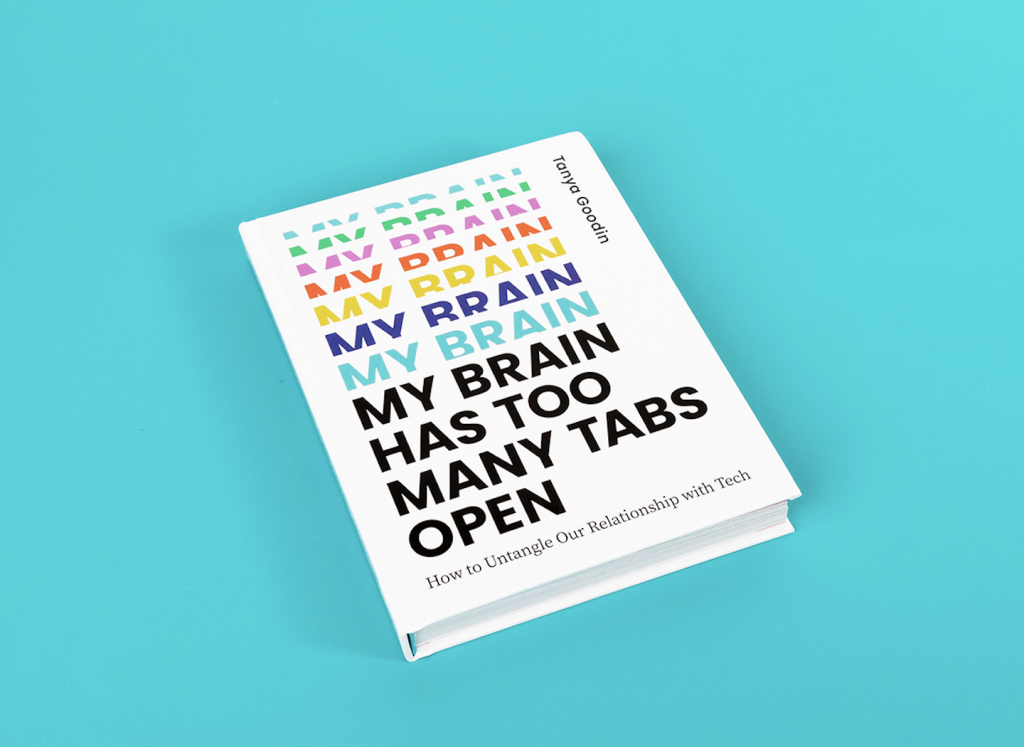Public awareness of deepfakes has been rising steeply in the past year thanks to a few highly-publicised examples such as the Tom Cruise deepfake which went viral on TikTok, or the Obama public service announcement, creating worries that online misinformation and disinformation may be accelerated by new technologies.
But the biggest threat from deepfakes might not actually be the deepfakes themselves but the wider implications that awareness of their existence may have for the degradation of public trust in news.
Trust in news is declining
The latest report from the ‘Trust in News‘ project from The Reuters Institute at Oxford University, found that audiences in the four countries surveyed (India, Brazil, UK and US) trust significantly less the news found on digital platforms compared to information in the news media overall. News about politics is viewed as particularly suspect, with considerably fewer saying they trust news when it comes to coverage of political affairs, compared to news in general.
It’s not just trust in news on digital platforms which is in decline, trust in many institutions, including both national and local governments, has also declined in recent years. But news in the digital environment is viewed with particular suspicion. Surveys document that majorities in many countries are concerned about whether online news is real or fake. Global concerns about misinformation range from 82% in Brazil to just 37% in Germany. Facebook is seen as the main channel for spreading false information almost everywhere but messaging apps like WhatsApp are seen as a bigger problem in parts of the Global South such as Brazil and Indonesia.

Deepfakes and misinformation
In this environment of declining trust in news, the real threat from deepfakes may not actually be their existence, how convincing they are, or even that the public is encountering them more often online. It may simply be that, as awareness of their existence grows, it will strengthen a growing distrust of all news media, playing directly into the hands of bad actors peddling misinformation and disinformation everywhere.
“What [disinformation actors] really want is not for you to question more, but for you to question everything.”
Karen Hao, Technology Review
A report from Deeptrace Labs, highlighted one instance where media released by government was viewed as a deepfake by the public; despite there being subsequently no forensic evidence that it was manipulated.
Attempting to end speculation about the health of President Ali Bono in late 2018, the Gabonese government released a video of him delivering a New Year’s address. But his strange appearance in the video led many on social media to declare that the video was a ‘deepfake’. A week after the video’s release Gabon’s military launched an attempted coup and, in the video announcing the coup, mentioned the video as proof that something was wrong with the President. (It was subsequently revealed that Ali Bongo had had a stoke, leading to changes in his appearance).
“It gives another weapon to the powerful: to say ‘It’s a deepfake’ about anything that people who are out of power are trying to use to show corruption.”
Sam Gregory, Witness
In another example quoted by Deeptrace Labs, in Malaysia a video was leaked to the media purporting to show a government minister engaged in same-sex activity (illegal in Malaysia). The government immediately denounced it as a ‘deepfake’, designed to sabotage his political career. Again, there was no forensic evidence that it was faked.
Be aware, but don’t dismiss everything as misinformation
In a previous post I highlighted tips from the FBI on how to decide whether a video is a deepfake or not. However, the technology is moving so quickly and becoming so sophisticated, these tips are almost certainly already out of date.
Be aware of deepfakes by all means, but also use critical thinking to question the aims and motives of those behind online news stories you see. Crucially, learn to distinguish between trusted news sources and those with political or commercial agendas and motives. The big tragedy of the rise in online misinformation and disinformation is that previously trusted news sources are increasingly being dismissed as ‘mainstream media’ (MSM) leading some to turn to and trust, bizarre, outlandish, and sometime dangerous claims from those that spread disinformation online.

For more about keeping safe online, including dealing with misinformation and ‘fake news’ – pick up a copy of my new book.
